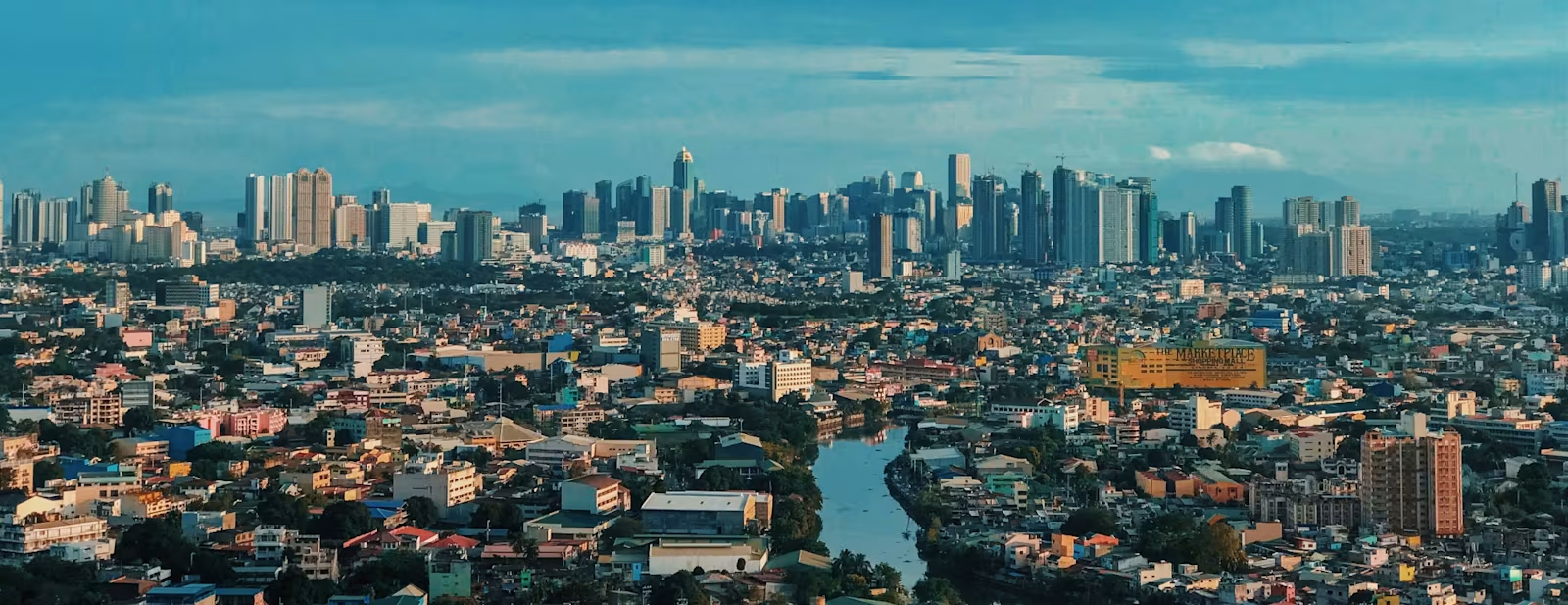Dances in the Philippines
The thousands of islands of the Philippines in the Pacific Ocean make up a country steeped in tradition and history. Plus, due to colonisation from Spain, the US and Japan, its culture that’s been touched by many outside influences.
One important way in which the Philippines best displays its heritage is through the art of dance. It’s home to hundreds of folk dances - each with its own tradition. So, let’s put our best foot forward and immerse ourselves in the meaning and history of some of these lovely dances.
“Heritage must not be sacrificed for progress. What matters for now is for every Filipino to protect our tradition and let no one distort it under the guise of modernisation. Leave the folk dances as they are.” Francisca Reyes-Aquino. Filipino folk dancer & cultural researcher. ‘Mother of Philippine Dancing’
Let’s take a close look at ten of the best loved and practised popular dances in the Philippines - dances of historical and cultural significance. They also provide an insight into the traditions and values of particular communities.
WorldRemit Content Team
• 4 mins read • Updated
Tinikling
Considered by many as the National Dance of the Philippines, Tinikling is inspired by the movement of the tikling birds, which the dance is named after. It originated during the Spanish colonial era. The dance involves at least two people beating, tapping, and sliding bamboo poles on the ground and against each other in coordination with one or more dancers who step over and in between the poles in a dance.
It consists of three basic steps which include singles, doubles and hops and looks similar to playing jump rope, except that the dancers perform the steps around and between the bamboo poles. The dance becomes faster until someone makes a mistake and the next set of dancers takes a turn.
Cariñosa
First introduced to the Philippines by the Spaniards in the 16th century, the name of this romantic dance means ‘loving one’ or ‘affectionate one’. Despite its Spanish heritage, the dance has very much adapted to the local culture.
It depicts the courtship between a man and a woman during the colonial era. It's usually danced by a pair of dancers—one male and one female—who face each other while dancing. Their movements mimic a game of hide-and-seek. The female dancer portrays a shy, modest character and holds a fan, waving it to the beat of the music. While the male dancer holds a handkerchief, the couple uses this handkerchief to enhance the idea of hiding from each other and while sneaking peeks at each other.
Pandanggo sa Ilaw
This folk dance was first created during the 15th century when the Philippines was colonised by the Spanish, and it originated from an island known as Lubang. It was heavily influenced by a Spanish dance known as Fandango.
It’s popular in many rural areas of the country and several versions of this dance style exist in the Filipino culture. It’s mainly performed during religious rituals and processions.
Pandanggo Oasiwas
This is a Spanish Fandango dance and originates from the fishing town of Lingayen in Pangasinan. After a good catch, the fishermen will often celebrate by drinking wine and dancing, and by swinging and circling with the lighted lamps on the hands of the dancers. These graceful dance moves give the name ‘Oasiwas‘ which in the local dialect is known as ‘swinging‘.
Sayaw sa Bangko
Sayaw sa Bangko (Dance on a Bench) illustrates the culture that’s been consistently maintained by the inhabitants of Pangasinan - from prior colonisation to post colonisation - despite a few Spanish influences creeping in.
A pair of dancers wearing the appropriate attire dance on a narrow bench to symbolise the concepts of trust, balance, and overcoming hardships. They lean, turn, and jump from one side of the bench to the other side of the bench. The benches are slowly stacked up to the point where only one pair dances on the top of the stacked benches.
Maglalatik
One for festive occasions such as feasts and religious processions, the Maglalatik dance originated in Biñan, Laguna. It’s now danced during the night of the town fiesta as the religious procession moves along the streets. It’s performed as an offering to the patron saint of farmers, San Isidro de Labrador.
The dance mimics the battle between the Christian and the Muslim Moro tribesmen. Maglalatik is also called Magbabao where 'bao' means 'a coconut shell', as coconut shells are used as props in this all-male dance.
Itik-Itik
Like ducks? You’ll love the Itik-itik. This mimetic folk dance mimics the movement of ducks. The story goes that an expert young dancer named Kanang was performing another dance called Sibay during a baptismal party. But she became so carried away with the rhythm that she began to improvise short, choppy steps similar to ducks, and then splash water on her back.
The dance immediately became popular in the province for stage performances and social dancing. The dance originated in Cantilian, Surigao del Sur in Philippines and was discovered in this town by National Artist for Dance, Francisca Reyes-Aquino.
Kappa Malong-Malong
This tribal dance centres around the costume - the Malong: a traditional tube skirt that’s hand woven in multi-coloured cloth with geometric designs. And it originates from the Maranao tribes of Mindanao Island.
Also called the Sambi sa Malong, this dance is a Muslim dance used to portray the significance of the Malong to their lives, as the Malong is used by Maranao tribes men from the day they are born til the day they die.
The dance has been changed and adapted over the generations. But the most important thing the dance shows is the different ways the Malong can be used - as a skirt, head-dress, mantle, tube dress etc.
Pantomina
Pantomina (Spanish for pantomime) was originally a wedding dance from the towns of Bicol's Estandarte and Sorsogon subregions. It’s traditionally performed during wedding festivities by the happy couple and their relatives. Guests usually throw money at the newlyweds - or a plate is placed on the ground to collect it. In this region, no wedding is thought to be complete until the Pantomina is danced.
Pantomina was among the first folk dances to have its dance steps notated. The pantomina was featured in Francisca Reyes Aquino's first-ever folk dance book, Philippine Folk Dances and Games, published in February 1926. The dance was also called Salampati during the Spanish occupation.
Singkil
A unique and traditional dance of the Maranao people in Southern Philippines, the Singkil is said to be inspired by the age-old Hindu epic “Ramayana”, and another mythological epic from SouthEast Asia called “Darangen“. It originated from the Lake Lanao region in the island of Mindanao in Southern Philippines and was first popularised by the Bayanihan Philippine National Folk Dance Company.
This dance is mainly performed during festive occasions. It involves rich ornamental costumes, and a female and male lead dancing with others between rhythmically striking bamboo poles held by the dance troupe.
Send money to the Philippines with WorldRemit
We hope you enjoyed this article about dances in the Philippines. As it’s a country we have such a strong connection with, we’ve written quite extensively on different aspects of it.
Want to send money to the Philippines? Then send money back with WorldRemit. Our app makes it so easy, quick and safe to send in a variety of ways. Plus, you can sign up in seconds. We’ll even cut the cost* of your first 3 transfers when you use code 3FORYOU. * WorldRemit makes money off the exchange rate. FX rates are subject to change.
The contents of this blog post do not constitute legal or financial advice and are provided for general information purposes only. If you require specific legal and / or financial advice, you should contact a specialist lawyer or financial advisor. Information true at time of publishing.
WorldRemit allows customers to stay connected and support their loved ones. Our Content Team plays an integral part in that. We celebrate the global community and help you to achieve your ambitions.





